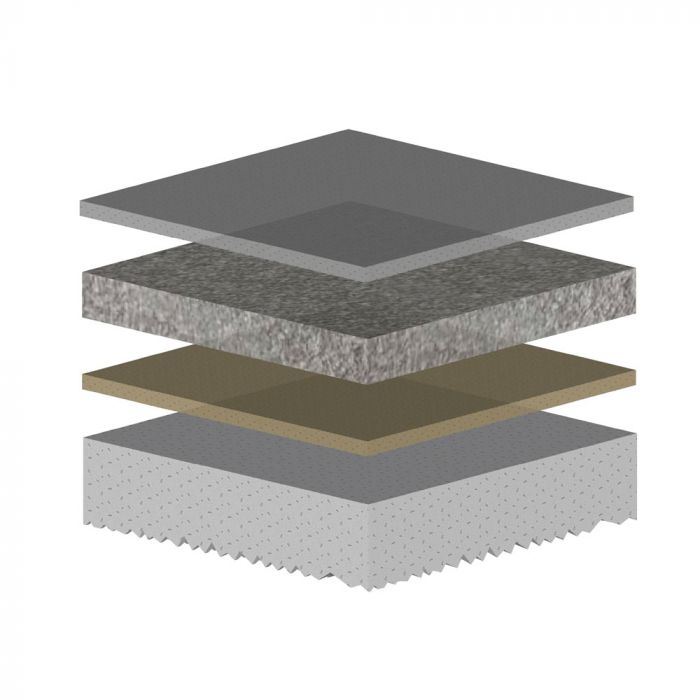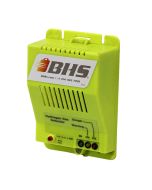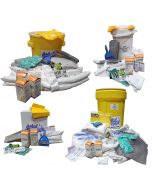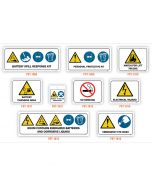We use cookies to make your experience better. To comply with the new e-Privacy directive, we need to ask for your consent to set the cookies. Learn more.
Epoxy Flooring
The epoxy top layer creates a nonslip, nonporous surface that resists damage from chemical spills and abrasions. This makes it an ideal material for industrial flooring, where it safely supports forklifts and other heavy equipment while maintaining a professional appearance.
Choose from two thickness levels: ¼-inch or 30 mil (0.03 inch)*.
- BHS Epoxy Flooring 30 Mil (0.03 inch) provides superior durability for most industrial applications, and is stronger than concrete alone. The topcoat is thick enough to smooth over imperfections and prevent damage during most uses. The nonporous epoxy surface resists acids, chemicals, oils, stains, and common scrapes; it is textured for strong slip resistance.
- BHS Epoxy Flooring ¼ Inch supports even greater loads while matching the chemical- and slip-resistance of its 30-mil counterpart. The thicker the epoxy floor, the more wear and tear it can resist. Therefore, the ¼-inch flooring option is recommended for applications that frequently handle multi-ton loads, such as forklift battery rooms, electrical material distribution, heavy manufacturing, and industrial warehousing.
All 30-mil epoxy floors consist of an epoxy top layer over primer and a concrete substrate.
All ¼-inch BHS Epoxy Flooring installations include four prepared layers: from the bottom up, these include the concrete substrate, primer, a mortar base, and the epoxy topcoats. These ¼-inch epoxy floors from BHS also include a comprehensive 5-year warranty.
*Not to be confused with the millimeter (mm), the “mil” is a manufacturing-industry measurement of thickness. One mil (1 mil) equals one one-thousandth of an inch (.001 inch).
30-Mil Epoxy Flooring
- Epoxy topcoat resists chemicals, abrasions, and impact
- Textured finish for superior slip resistance
- Total floor thickness of 30 mil (.03”)
- Long lifespans even in harsh industrial environments
- Primer applied to a depth appropriate to the topcoat
- At least two topcoats of epoxy form a textured, nonslip, nonporous surface
- Sanitary and easy to clean
- Maintains an attractive, professional appearance even with heavy use
¼-inch Epoxy Flooring
- Epoxy topcoat resists chemicals, abrasions, and impact
- Textured finish for superior slip resistance
- Total floor thickness of ¼”
- Long lifespans even in harsh industrial environments
- Compressive strength over 10,000 PSI
- Primer applied to a depth appropriate to the topcoat
- Mortar layer chemically bonds to primer and topcoat
- At least two topcoats form a textured, nonslip, nonporous surface
- Sanitary and easy to clean
- Maintains an attractive, professional appearance even with heavy use
- Supports heavy loads and heavy machinery without damage
- 5-year warranty on each installation
Video Resources
Epoxy Flooring
Blog and Literature Resources
Regulations
California Residents: WARNING: This product contains chemicals known to the State of California to cause cancer and/or reproductive harm, and birth defects or other reproductive harm. Learn more here.







